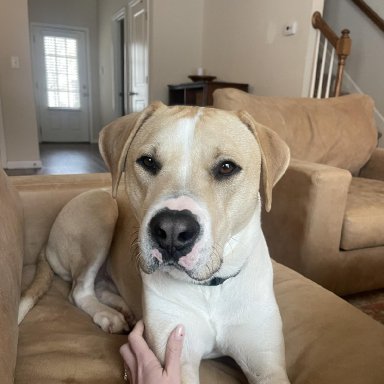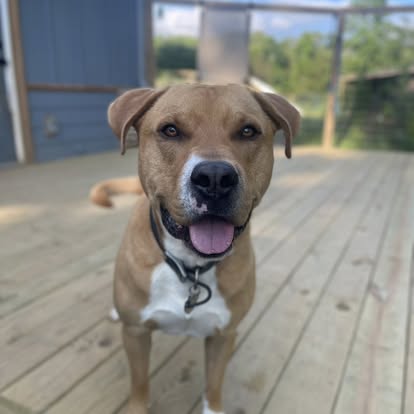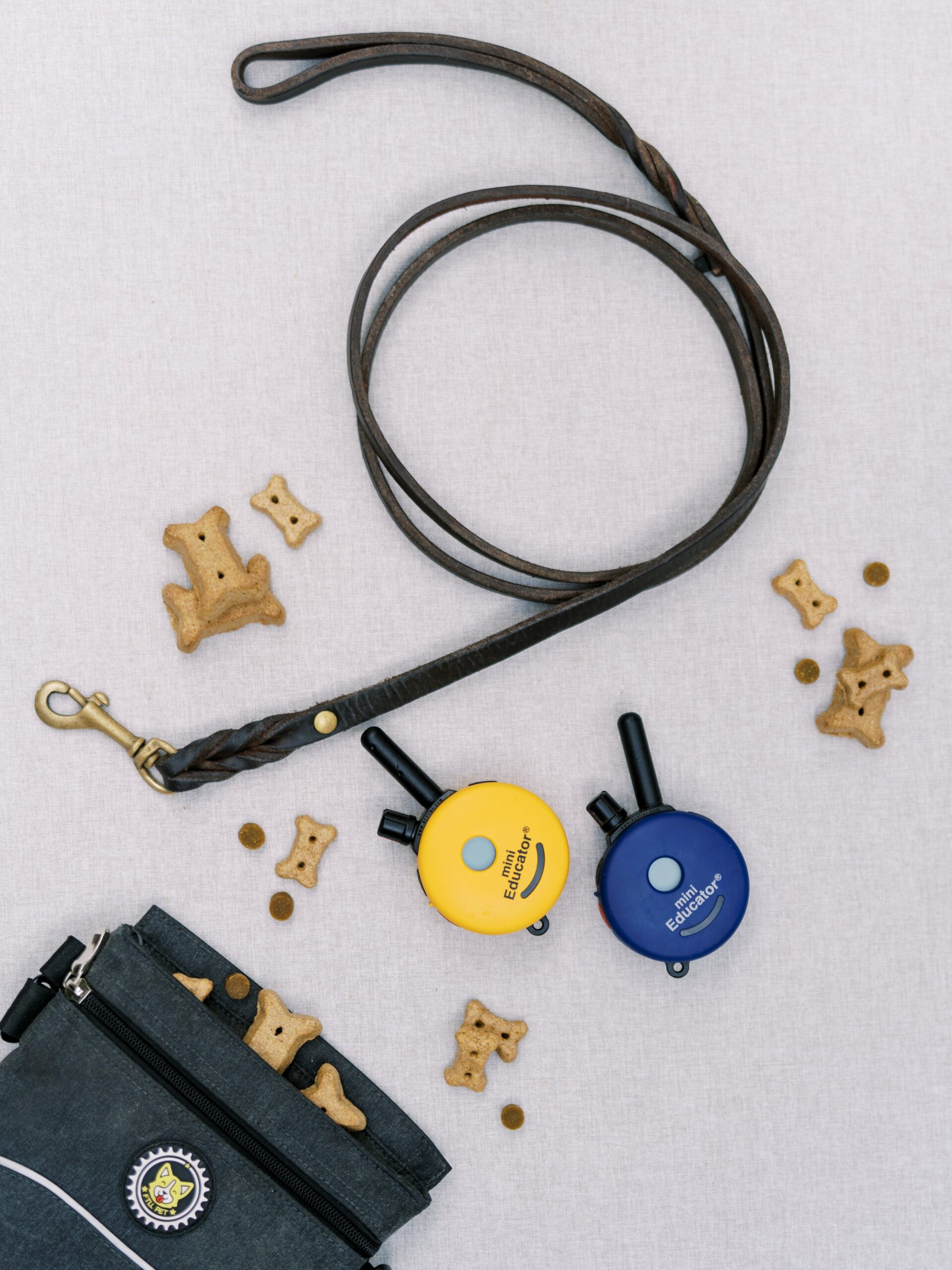Every week we meet owners who feel lost because their dog simply will not listen. What they do not realize is that most listening problems are rooted in misunderstanding, not defiance. Teaching dogs is important, but teaching humans how to communicate with clarity is often where the real progress begins. This is one of our favorite parts of the work.
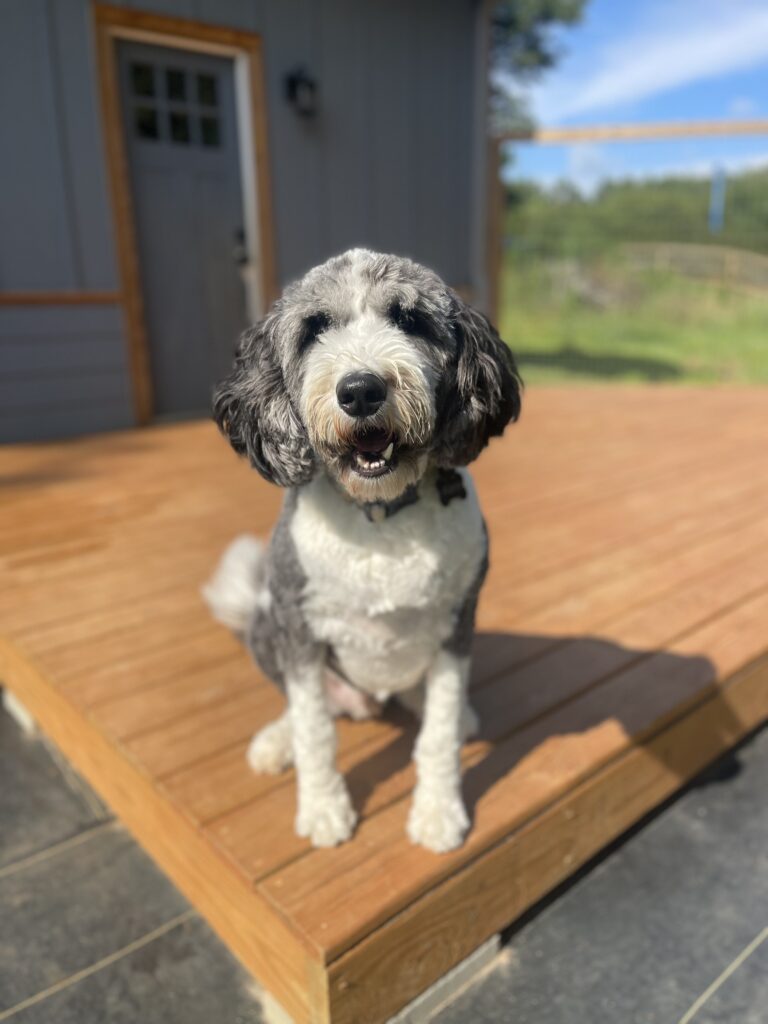
Most dog training mistakes are really communication issues
Dogs live in a world of patterns and signals. They are always trying to understand you, even when it looks like they are ignoring you. When communication is unclear, listening feels impossible. Many owners do not realize how much information they send through their body language, timing, or tone. Once we help them adjust those small details, everything begins to click.
Inconsistent cues make it hard to improve dog obedience
This is one of the biggest reasons dogs struggle to listen.
Here is what inconsistency can look like:
• Mixed signals
Your dog hears “come,” but your body turns away, or you repeat the cue several times. This teaches them to guess instead of respond.
• Changing household expectations
One person lets the dog jump on the couch. Another tells them no. Your dog cannot follow rules that shift every day.
• Unclear body language
Dogs read posture more quickly than words. If your cues do not match your movements, confusion takes over.
When commands, tone, and routines stay steady, listening becomes easier because your dog finally understands what you expect.
Talking too much makes it hard to get your dog to listen
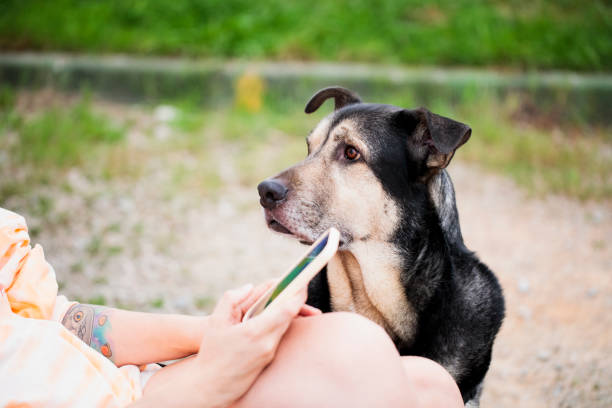
Dogs respond best to simple, short cues. Long sentences sound like noise. Many owners over-explain, repeat instructions, or talk without giving the dog a chance to process. When you speak less, your dog can listen more.
A calm voice paired with a clear, single word does far more than long, rushed chatter.
Training only at home sabotages how to get your dog to listen
This is a quiet mistake that affects almost every dog.
Your dog may listen beautifully inside your home because:
• There are fewer distractions
• the routine feels safe
• you have their full attention
But the moment you step outside, everything changes. New smells, sights, and sounds pull your dog’s mind in every direction. If training only happens indoors, your dog never learns how to focus outdoors. The key is to start simple at home, then slowly introduce new environments so your dog develops real-world listening skills.
Expecting too much too fast hurts progress
Dogs learn in layers. They need time to understand, repeat, and practice before a skill becomes reliable. When owners expect instant results, frustration rises and communication falls apart. Patience is the fuel that keeps training calm and steady.
Training when your dog is anxious makes listening impossible
A stressed dog cannot listen. They are not being difficult. Their brain is simply too overwhelmed. If your dog is overstimulated, nervous, or tired, training will not stick. Helping them settle first creates the emotional space for learning.
Positive Reinforcement That Helps Teach Your Dog to Listen
Positive reinforcement can be powerful when used with timing and clarity. Many dogs want to listen, but get lost because rewards come too late or the wrong reward is used. When we help owners fine-tune this part of training, dogs begin to respond with more confidence and less hesitation.
Timing matters when improving dog obedience
Dogs live in the moment. If the reward comes even a few seconds too late, they may not connect it to the behavior you want. Better timing helps your dog understand exactly what they did right. Clear timing builds clear communication.
High-value rewards help your dog listen faster
Some dogs work for praise. Many work much better for something valuable. A high-value reward can be:
• small pieces of cooked chicken
• soft training treats
• a favorite toy
• warm, calm affection
When the reward matches the effort, your dog becomes more motivated to tune in and follow your lead.
How to fade treats without losing listening skills
You do not have to give treats forever. Once your dog understands the foundation, you can begin to shift from frequent rewards to:
• random reinforcement
• verbal praise
• gentle petting
• access to something they enjoy
This keeps your dog engaged without becoming treat-dependent. Listening stays strong because the relationship, not the food, becomes the anchor.
Your tone of voice guides your dog’s attention
Your dog listens to tone long before words.
A calm, steady voice helps your dog focus.
A tense or rushed voice creates pressure and confusion.
When your tone matches the guidance you want to give, your dog feels safe enough to follow.
Consistency Builds Real Listening Skills
Dogs thrive in steady, predictable environments. When your cues, routines, and expectations stay the same, your dog begins to relax into the structure. This is one of the most overlooked parts of training, yet it is the foundation that helps your dog listen without stress or guessing. When owners become consistent, dogs almost instantly become more responsive.
Dogs listen better when routines are predictable

A predictable rhythm gives your dog something solid to rely on.
They know what comes next.
They know what you expect.
They know how to succeed.
Predictability removes pressure. That calmness frees your dog’s mind to focus on listening instead of scanning for what might happen next.
Everyone in the home must use the same commands
If one family member says “down” and another says “off,” your dog will struggle to understand. Dogs cannot create order out of mixed messages. They follow the patterns they see.
Keeping commands simple and unified helps your dog feel confident in every interaction.
Daily practice helps teach your dog to listen
Short, steady practice always outperforms long, exhausting sessions.
You can weave listening into your daily routine with:
• one-minute leash work in the driveway
• practicing “wait” before going outside
• a few reps of “place” before meals
• short check-ins during walks
These micro-moments add up and make listening a natural part of your dog’s day.
Avoiding inconsistent consequences
Dogs need clarity, not pressure.
But they do need consistency.
If “no jumping” is a rule, it must be a rule every time.
If “sit” means sit, it needs to mean the same thing on Monday as it does on Friday.
Inconsistent consequences confuse your dog and make listening feel like a guessing game. Steady guidance helps them understand the boundary without fear.
Why does your dog listen at home but not outside

Home is predictable.
Outside is unpredictable.
Your dog is not ignoring you. They are reacting to a world that feels bigger and louder. Once they learn how to navigate that world with your support, listening becomes easier and more reliable. With repetition and calm leadership, your dog learns that your voice matters no matter where you are.
Practice Makes Listening Natural
Dogs learn through repetition. They do not master skills after a single session. They grow through steady practice, simple wins, and calm guidance. When listening becomes part of everyday life instead of a special event, your dog begins to respond with ease. This is where real progress shows up.
Repetition is how dogs learn to listen anywhere
Repetition builds understanding.
Understanding builds confidence.
Confidence builds reliable listening.
Your dog begins to recognize patterns and knows exactly what you want. The more often they succeed, the stronger and more automatic their listening becomes.
Micro-sessions help teach your dog to listen daily
Dogs do not need long, intense training sessions.
Short moments woven throughout the day teach your dog far more.
These can include:
• a quick “sit” before going outside
• a 30-second “place” while you fill their bowl
• two or three leash reps in the driveway
• a calm “wait” before getting in the car
These micro-sessions build habits quietly and gently.
Practice commands in new environments
Dogs do not generalize well. A skill learned in the kitchen does not automatically transfer to the yard. Practicing in different environments teaches your dog that your voice has meaning everywhere, not just in one familiar room.
By broadening their world slowly, your dog learns that listening is the same no matter where they go.
Strengthen life-saving cues like “come”
The “come” command is one of the most important skills your dog will ever learn. It can prevent danger, support off-leash adventures, and deepen your bond. Reinforce it often, especially in safe, controlled environments. Celebrate generously every time your dog chooses you over distractions.
A strong recall is built on trust, not pressure. This is where that trust becomes visible.
When Your Dog Still Isn’t Listening
Even with patience and practice, some dogs continue to struggle. This does not mean they are broken or defiant. It usually means they need more clarity, more structure, or more support than they are currently getting. When owners reach this point, they often feel discouraged. We want you to know this is a normal part of the learning curve, not a dead end.
When progress stalls
Training plateaus happen in every household.
Your dog may:
• listen well one week and struggle the next
• understand indoors but not outside
• get distracted easily despite practice
• show progress in one skill but not another
These moments simply mean your dog needs the next layer of guidance. They are not signs of failure. They are signs of growth.
When to seek help from a trainer
Some dogs need a more structured environment to thrive.
Some owners simply need clearer coaching.
Both are valid.
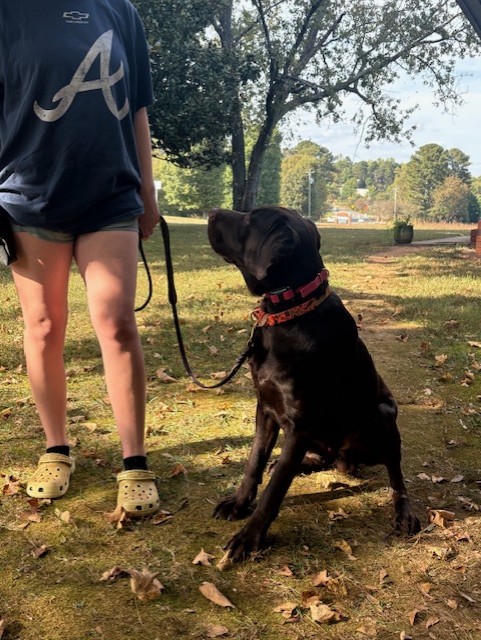
If you feel stuck, it may be time for professional support. A good trainer will focus on calmness, connection, and steady communication. They will help you understand your dog’s needs and show you a gentler path forward.
At Ducktown Lodge, this is one of our favorite roles. Helping owners feel confident and helping dogs feel understood creates the kind of transformation that lasts long after training ends.
Low-volume care helps dogs tune in and relax
We keep our numbers small on purpose. A quieter lodge means fewer distractions for your dog. It gives them space to slow down, settle in, and feel safe. A dog who feels safe can listen. A dog who feels overwhelmed will always struggle.
Our environment is designed to help your dog:
• release stress
• find calm routines
• feel emotionally steady
• connect with a consistent human
This steadiness is what many dogs have been missing.
Consistent handlers speed up listening and understanding
Your dog sees the same people every day.
No rotating staff.
No unpredictable handoffs.
No confusion.
This consistency builds trust quickly. Dogs learn faster when they are guided by one clear, steady voice instead of a dozen different people with different tones and different habits. It is one of the reasons our training results hold long after a dog goes home.
Teaching humans to communicate is one of our favorite parts
We love helping dogs, but we also love helping their people. Most owners do not realize how much power they have in their own calmness, clarity, and presence. We take time to teach you how to communicate in a way your dog can truly understand. That is where the transformation really happens.
When you learn how your dog thinks and listens, you stop feeling frustrated. You start feeling connected. Your dog stops guessing. They start tuning in. And that shift changes everything.
Summary and Key Listening Takeaways
Helping your dog learn to listen is not about perfection. It is about clarity, practice, and the steady comfort of knowing you and your dog understand each other. When you slow down, stay consistent, and guide with calm confidence, listening stops feeling like a battle. It becomes the natural rhythm of your relationship.
What helps teach your dog to listen most
• clarity in your cues
• calm, patient environments
• steady practice in real-life settings
• clear expectations at home
• emotional safety and trust
These simple, grounded habits create the space your dog needs to learn without pressure.
Presence and clarity build real obedience
Your dog does not want to get it wrong.
They want to succeed.
They want to understand you.
They want to feel connected.
When your communication becomes clear and your routines become predictable, your dog finally knows how to settle into the structure you set.
Encouragement for frustrated owners
If you feel stuck or overwhelmed, you are not alone. Almost every dog owner who contacts us says the same thing. Your dog is not broken. You are not failing. You both just need a little clarity, a little calmer structure, and a place where you can learn together.
Let’s Help Your Dog Feel Understood
You deserve to feel proud of the way your dog listens, and your dog deserves to feel safe enough to tune in with confidence. If you’re ready for support that is calm, personal, and grounded in real connection, we would love to talk with you. This is what we do every day. We help dogs settle. We help owners breathe again. And we help both of you find a rhythm that feels steady and good.
Reach out when you’re ready.
We’re excited to meet you, hear your story, and help your dog feel seen, understood, and supported in a way that finally makes listening feel easy.
Call Lucinda at 770-733-0836 or email us at hello@ducktownlodge.com


